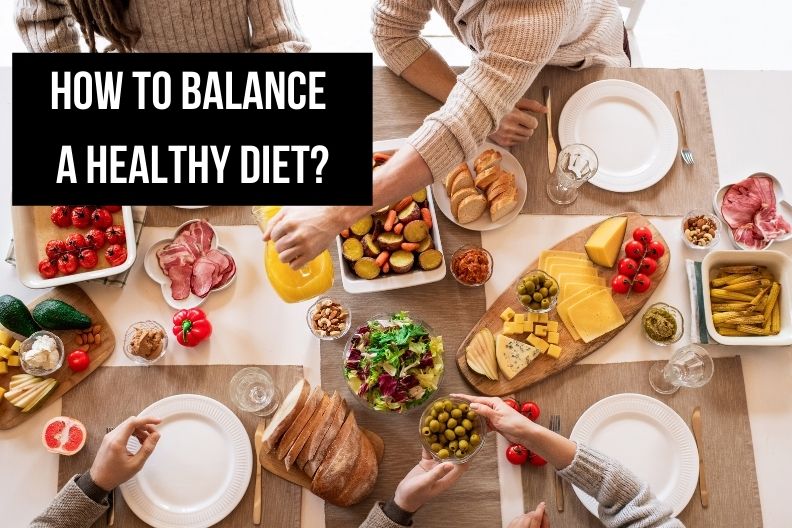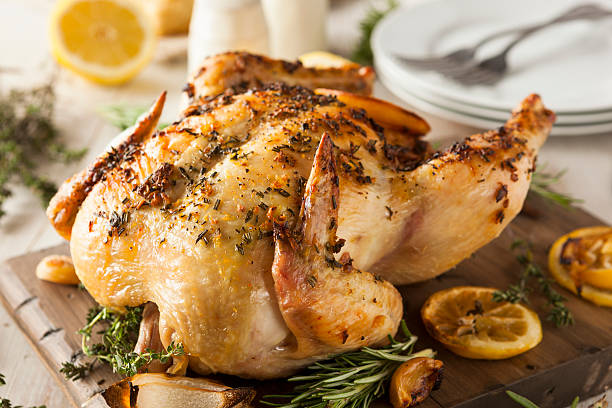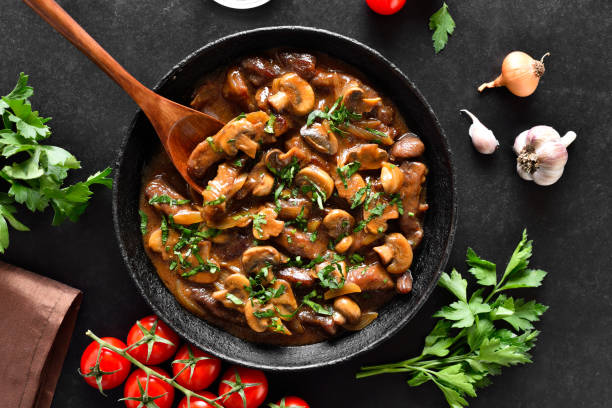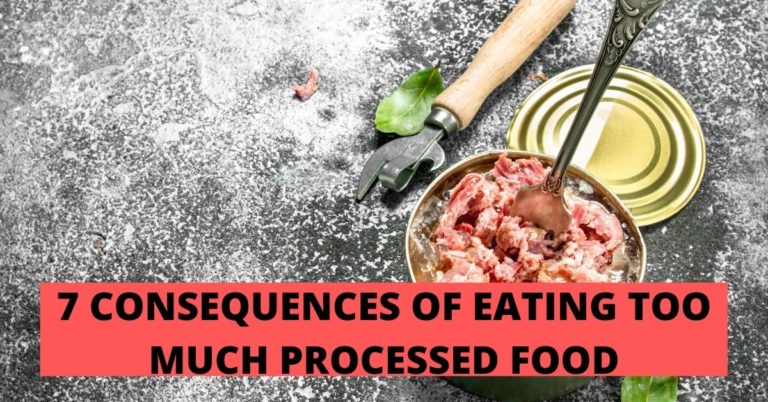How to Balance a Healthy Diet?
This post contains affiliate links. This means I will make a commission at no extra cost to you should you click through and make a purchase. Read the full disclosure here.
A balanced diet includes foods from five groups and fulfills all of a person’s nutritional needs. Learn what a healthy eating plan includes and how to create a balanced diet with foods you enjoy.
Table of Contents
What is a Balanced Diet?
A balanced diet is the variety of foods in the correct proportions needed to provide all the necessary nutrients for growth, energy, and health. The aim of a balanced diet is to keep the supply of food eaten for energy in balance with your needs for good nutrition.
Food when digested and absorbed, helps your body develop according to your hereditary pattern. Nutrients are the different parts of food that are supplied to the body for the purpose of nourishment. They include proteins, carbohydrates, fats, vitamins, and minerals. Protein, carbohydrates, and fats provide energy heat in the form of calories. Vitamins and minerals are necessary to tissue building and to body functions.
Chemists tell us that the body needs some 50 nutrients. A well-nourished body is capable of manufacturing 25 of these nutrients. Aided by enzymes and hormones, different combinations of nutrients build and repair the body.
Calorie Requirements Daily
A calorie is a measure of energy or heat released from food. Whenever fat, carbohydrate, or protein is oxidized (burned) in body tissue, heat is given off.
It is recommended that males age 15 or older consume only 2400 to 3000 calories a day, depending on age, body size, and structure.
For females age 15 or older, the recommendation is between 1800 to 2100 calories a day.
Medical experts advise us to use up body energy in physical exercise. It is important to burn up the calories we eat. If we eat as the physically active do and yet a physically active, we are certain to add more weight.
Water in the Diet
As substance water is an important part of every cell in the body. Water constitutes 55 to 70 percent of the body weight. It is needed for everybody’s function, including the use of all the nutrients and the removal of waster products.
Water helps regulate body temperature. It even helps in removing the joints and in other mechanical the body performs.
When the food we eat daily is oxidized or burned, about 360 mL of water is formed in the end products.
Basic Principles to Use for Planning Balanced Meals
- Include in each meal approximately a third of the protein needed during the day. Some of this should come from animal foods, such as milk, cheese, red meat, poultry, fish, organ meats, and eggs.
- Include in each meal a variety of foods to provide essential minerals and vitamins. Well-selected food from each food group will do this.
- A vitamin C-rich food is desirable in one meal and helpful in each. Use at least one raw fruit or vegetable a day.
- Use liver and seafood at least once during the week.
- Combine foods to provide variety in nutrients so that they will nutritionally complement each other. Also combine a variety of foods that will complement each other in flavor(bland with sharp), texture (crisp with soft), and color (contrast for eye appeal.)
- Divide the day’s food so that each meal provides a third to a quarter of the day’s calories.
- If you or any member of the family is overweight, plan meals low in fats and sweets, moderate in carbohydrates, and high in bulk.
- Select snacks to be nutritionally beneficial and to fit into the total food need for the day.







